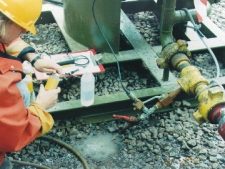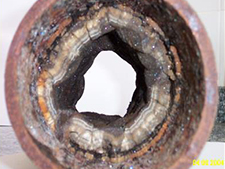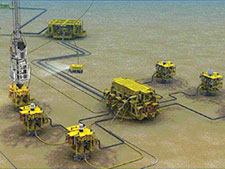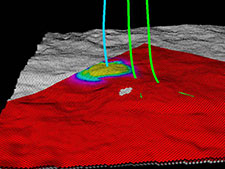Benefits
- Allows data interpretations and explanations for observations to be tested thereby making them more robust (e.g. use of scale predictions to support explanation of scale occurrence; use of reactive transport modelling to support interpretation of trends in produced water analyses).
- Provides predictions where observations are not available (e.g. scale predictions, predictions of produced water compositions at higher injection water fractions).
Background
Geochemical and reactive transport modelling is used to support many of the services we provide. It helps us understand how formation water and produced water analyses are affected by processes occurring in the reservoir, production wells, and during sampling, sample handling and sample storage. It can also be used to quantify the magnitude of these effects which may be used to correct for them and so providing estimates of representative formation water analyses.
Our primary geochemical and reactive transport modelling package is Geochemist’s Workbench (GWB) and we also use MultiScale which is an established oilfield scale prediction package. A proprietary thermodynamic database incorporating a Pitzer aqueous model has been developed for GWB to ensure it is appropriate for use under oilfield conditions and provides results compatible with MultiScale.
Example uses of the software packages include:
- Scale predictions (mixing of incompatible waters, production of fluids) to help understand or predict the occurrence of scaling in production wells, flowlines and surface facilities.
- Simulation of the effects of cooling/de-pressurisation of formation water samples, core-derived formation waters and formation water-in-oil samples.
- Simulation of drilling fluid contamination of formation water adjacent to a well and subsequent sampling of these fluids.
- Simulation of the leaching of core samples as a method for obtaining formation water analyses.
- Estimation of in-situ formation water compositions from laboratory analyses.
- Simulation of reactions occurring during core flood experiments.
- ‘History-matching’ of compositional trends in produced waters to understand reactions affecting these waters in the reservoir.
- Simulation of mixing of injection and formation water in the reservoir and associated reactions to predict variations in produced water compositions with changing injection water fraction and changing injection water.
- Evaluation of reservoir reactions which could cause changes to produced water Zn, Pb, Fe and sulphide concentrations and hence sulphide mineral scaling risks.
- Simulation of the reactions occurring between stimulation fluid, formation water and formation minerals.
- Simulation of reactions occurring in the reservoir and cap rock as a result of carbon dioxide injection (e.g. carbon capture and storage projects).
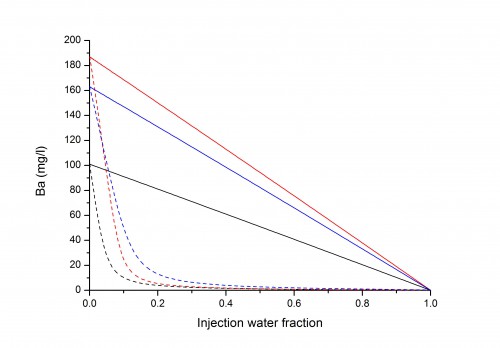
1-D Reactive transport simulation: Predicted variation of produced water Ba with seawater fraction for three different formation waters. Dashed lines account for reservoir reactions, solid lines do not. Note the potential for exaggeration of produced water Ba (and hence BaSO4 scaling risks) when reservoir reactions are not accounted for.
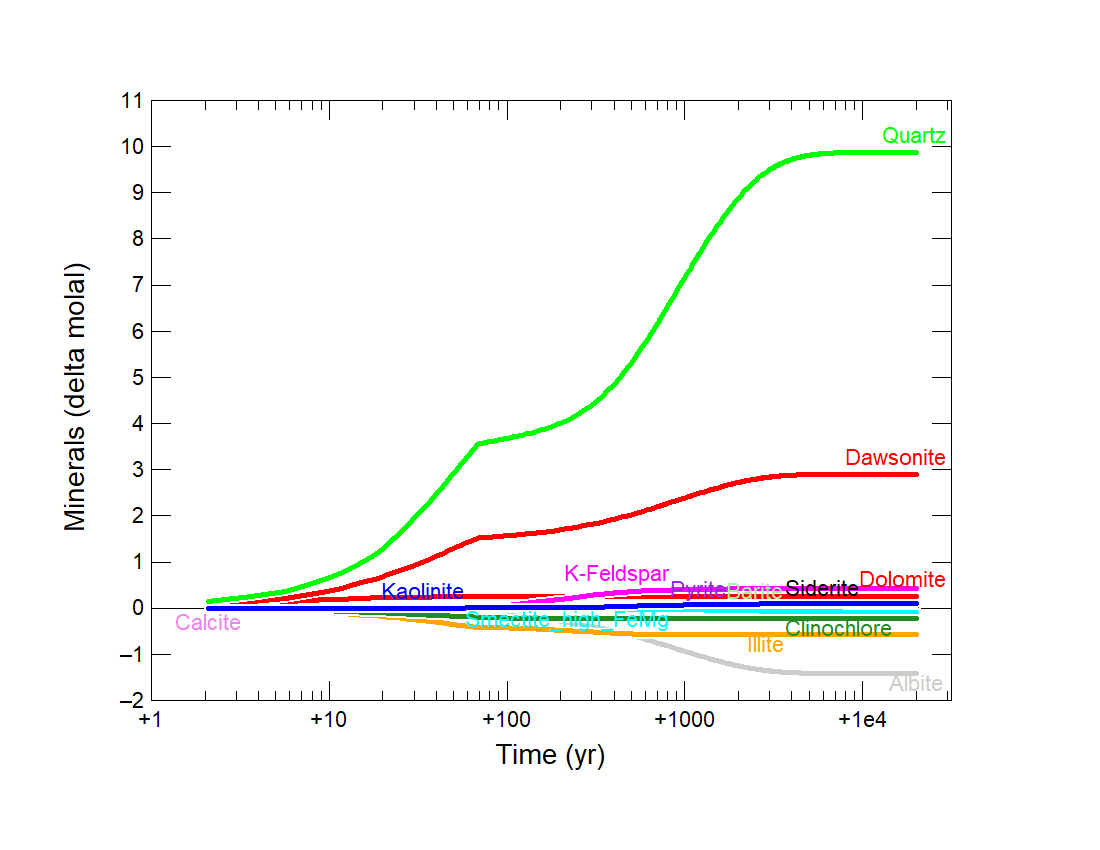
Geochemical modelling simulation: Predicted mineral dissolution/precipitation associated with CO2 injection into a reservoir.


